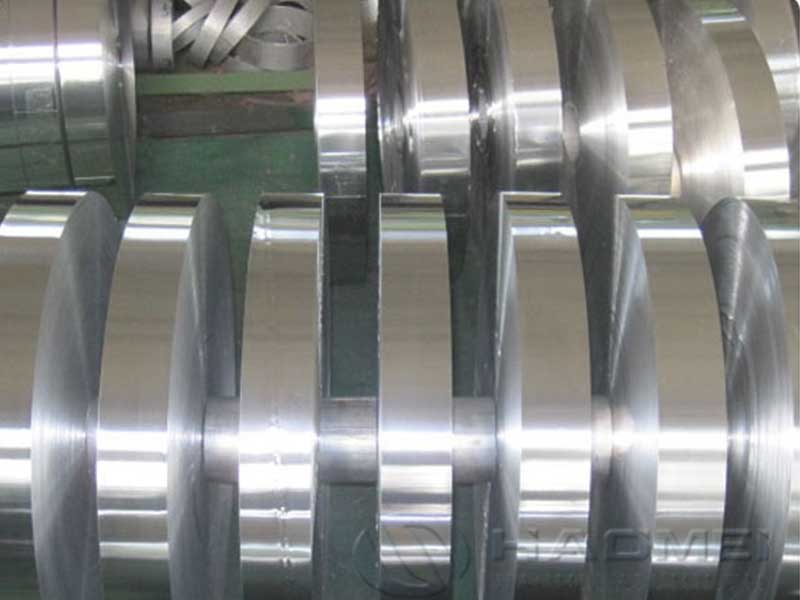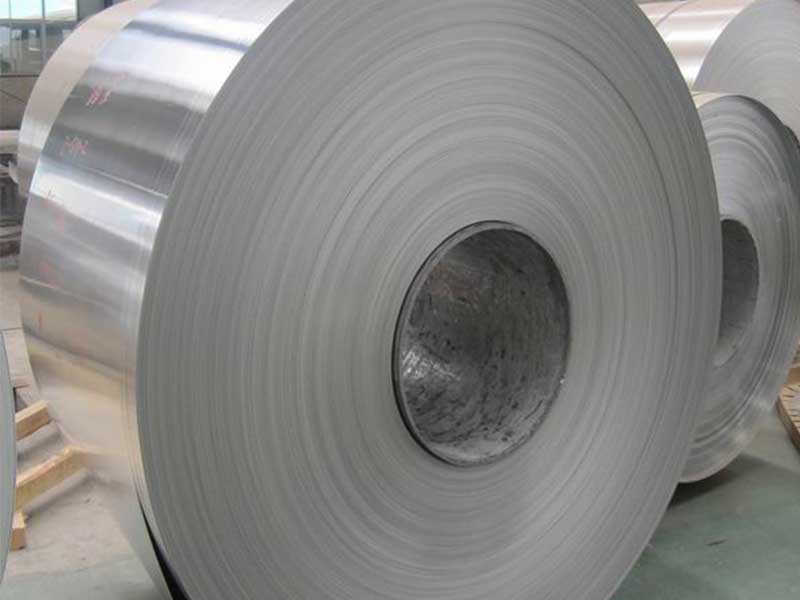When it comes to aluminum alloys, the Grade 5052 Alloy Aluminum Strip stands out as a remarkable candidate for a variety of applications due to its exceptional properties, practicality, and adaptability. its unique functions, technical specifics, and applications offers a comprehensive perspective of why it is widely used across different industries today.
Grade 5052 is an aluminum-magnesium alloy that belongs to the 5000 series of aluminum alloys. It is known for its excellent corrosion resistance, good weldability, and enhanced fatigue strength. The standout feature of this material is its high strength-to-weight ratio coupled with moderate workability, making it an appealing option for serious industrial applications.
Chemical Composition
The chemical composition of Grade 5052 can be broken down as follows:
| Component | Percentage (%) |
|---|---|
| Aluminum (Al) | Balance |
| Magnesium (Mg) | 2.2 - 2.8 |
| Chromium (Cr) | 0.15 - 0.35 |
| Copper (Cu) | 0.10 Max |
| Iron (Fe) | 0.40 Max |
| Manganese (Mn) | 0.10 Max |
| Silicon (Si) | 0.25 Max |
| Zinc (Zn) | 0.10 Max |
Properties of Grade 5052 Alloy Aluminum Strip
- Corrosion Resistance: One of the most advantageous properties of Grade 5052 alloy aluminum is its overwhelming resistance to corrosion, particularly in marine environments.
- Strength and Workability: With a yield strength of around 200 MPa and excellent strength in various form factors, this alloy is heavily utilized where durability is crucial yet easier forming is required than with alloys like 6061.
- Weldability: Grade 5052 exhibits strong performance in welding and cold forming, expanding its usability in situations requiring intricate design work.
- Dimensional Stability: This alloy possesses good dimensional control down to thin gauges, still offering high performance standards.
Implementation Standards and Tempering
Implementation Standards: When deploying Grade 5052, various standards dictate the applicability for production and use:
- ASTM B221 (Aluminum Extruded Structural.Distributor-centered processes)
- American National Standards Institute (ANSI) regulations
- Military Specification MIL-STD-171
- ISO 6203 (Aluminum Al-Insights parameters)
Tempering: The heat treatment and tempering of Grade 5052 is essential in achieving desired material properties. Various tempers will yield different characteristic changes:
- O Temper (Annealed): Soft and ductile. Optimal for large radius bending operations.
- H32: Strained, stabilized condition that combines higher strength and moderate ductility.
- H34: Increasing the strength further at the cost of some ability to form, producing materials suited for structures requiring stronger rigidity.
Diverse Applications of Grade 5052 Alloy Aluminum Strip
The RAM of applicability of 5052 is broadened through its standout physical properties that appeal to several industries:
- Marine Applications: Supply boats, ferries, and government patrol boats.
- Automotive Parts: Fuel tanks, structural components where weldability without sacrificing strength is pivotal.
- Architecture and Structural Uses: Facades and building trims that ride on aesthetic appeals sized proportionately for visual contexts.
- Electrical Applications: Used in designing electrical enclosures and other structural mounts focusing on light weights and thermal regulation properties.
In implementing Grade 5052 Alloy, it embodies numerous categorically distinct demands where:
- Retention of embedded machinability potential
- Structural extremities are routinely optimistic
- Tailored under ASTM, permitting variance strengths
Depending on processing methodology (astounding thinness permitted, increases in durability under strain) aggressiveness can determine satisfactory outcomes.





